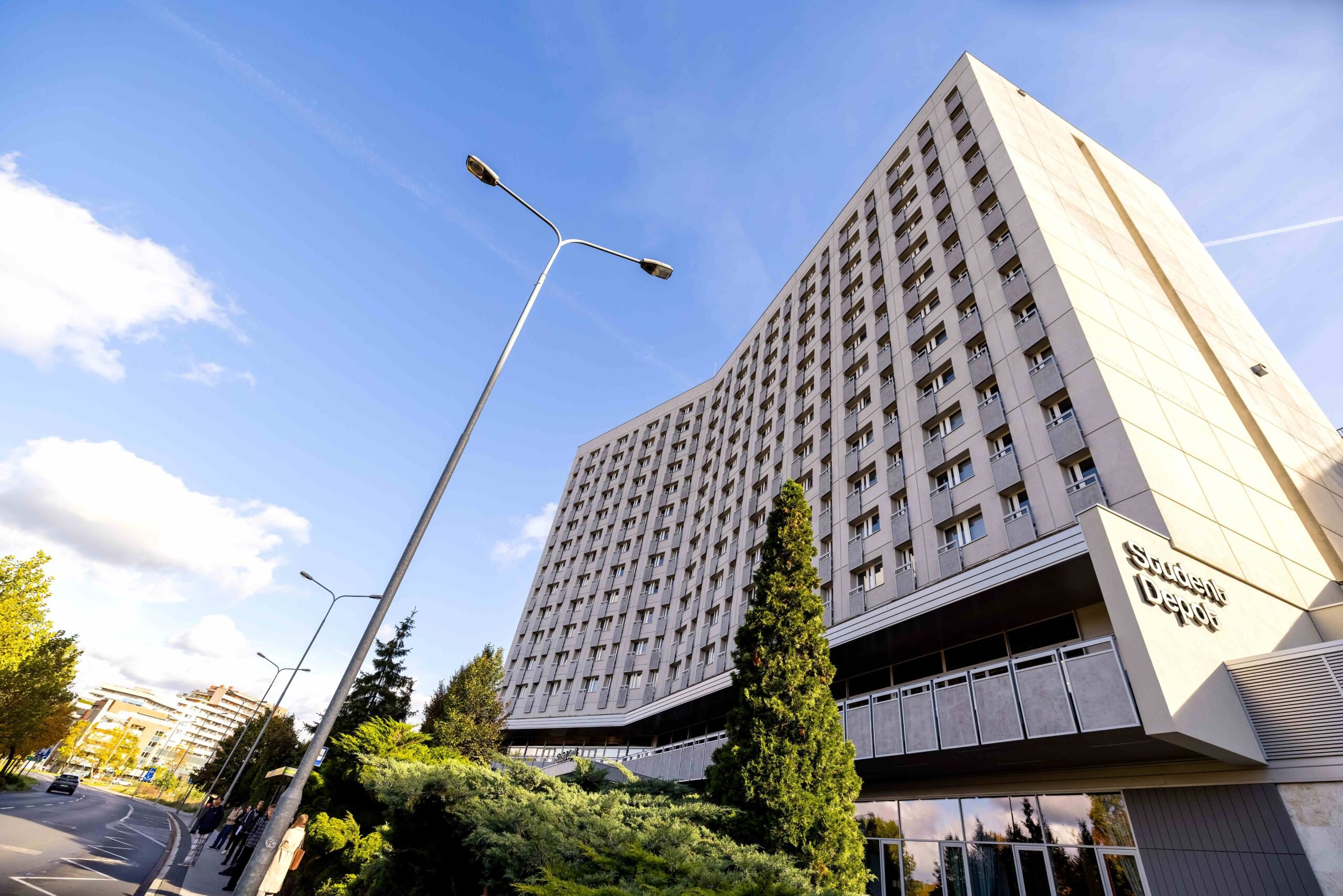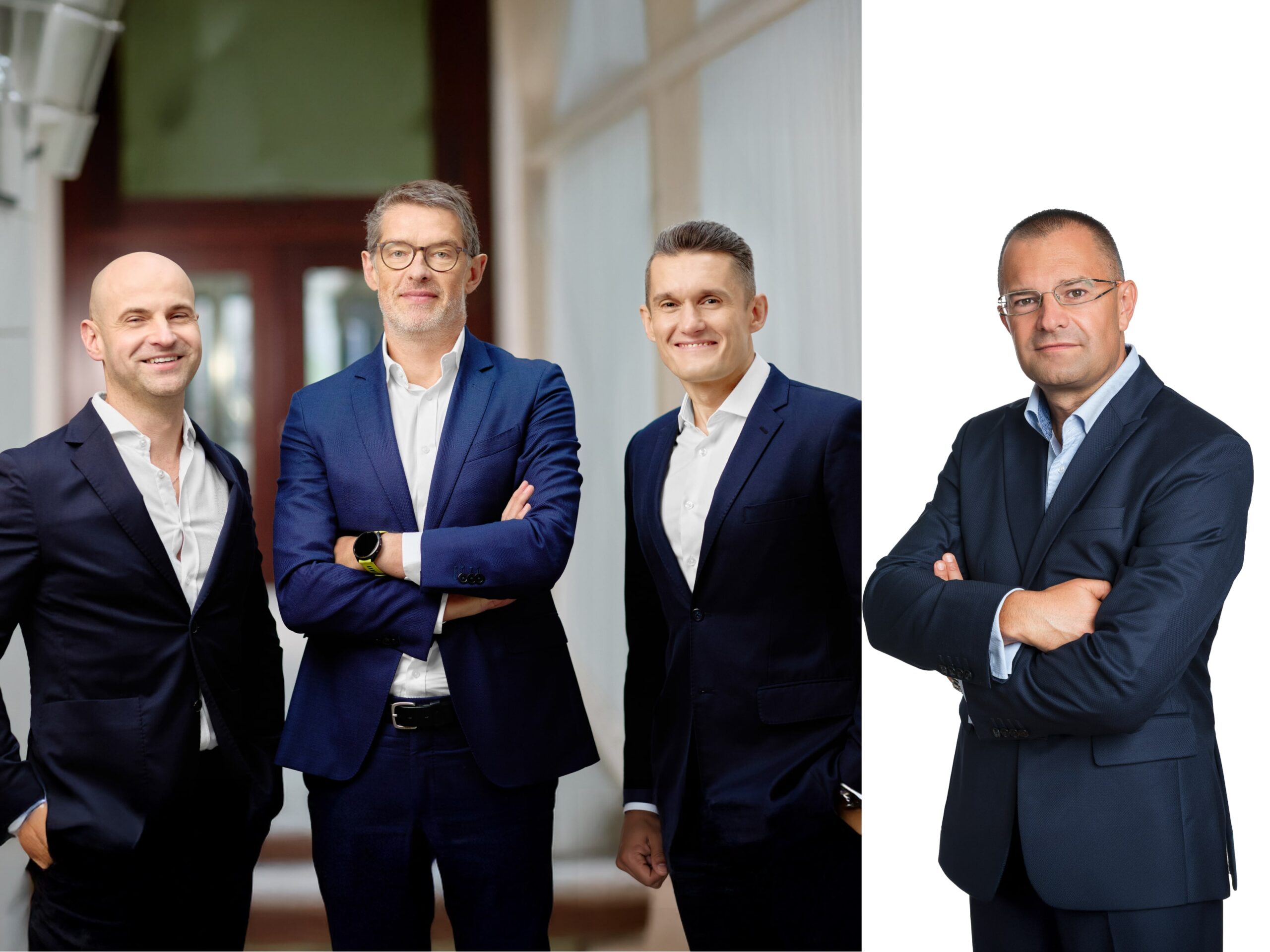The first half of 2025 saw a continuation of the rebound in the Central and Eastern European (CEE) commercial real estate market. According to Knight Frank, total investment volumes across the five key CEE markets (Czech Republic, Poland, Romania, Slovakia, Hungary) reached nearly €5 billion – almost 60 percent of the full-year 2024 total. The Czech Republic took the lead with €2.1 billion, surpassing Poland for the first time, which recorded €1.7 billion. Together, these two countries accounted for 77 percent of all investment activity in the region.
Logistics remained the top-performing asset class, attracting 32 percent of total investment volumes – particularly in the Czech Republic, Poland, and Slovakia. The sector’s appeal stems from strong fundamentals, stable income streams, low risk, and structural trends such as e-commerce growth and nearshoring. Offices followed with 23 percent of total volume, retail with 16 percent, hotels with 11 percent, and living with 8 percent
Among the largest transactions were Blackstone’s €470 million acquisition of the Contera portfolio (assets in the Czech Republic and Slovakia), PPF Real Estate’s purchase of the Hilton Prague and Four Seasons Hotel Prague, and a record-breaking €253 million sale-and-leaseback of Eko-Okna’s manufacturing facilities in Poland.
“In Poland, a return of major institutional investors is being observed, thus far predominantly within the warehouse sector. Equally noteworthy is the robust expansion of domestic capital activity – a trend that, as recently as five years ago, remained marginal within commercial real estate, yet today accounts for 15 percent of total transaction volume, and we anticipate that its share will continue to increase,” comments Dorota Lachowska, Head of Research at Knight Frank Poland.
The CEE investment market report also highlights the growing role of domestic investors across the region – in the Czech Republic and Hungary, they accounted for 78 percent and 80 percent of total volume, respectively, in Romania for 35 percent, and in Poland for 15 percent.
“The Czech investment market stands out for the strong presence of domestic capital, which continues to dominate the largest transactions. Solid economic fundamentals, stable demand in the logistics sector, and rental growth prospects for prime offices make our market particularly resilient,” adds Lenka Šindelářová, Head of Research and Consultancy at Knight Frank Czech Republic.
Looking ahead, the outlook for the second half of the year remains positive, supported by a robust transaction pipeline, stable prime yields, and declining interest rates. Sectors likely to lead the market include offices (across all CEE countries), industrial (in Poland and Slovakia), and retail (in the Czech Republic and Romania).
“Romania continues to offer the most competitive yields in the region, reinforcing its position as an attractive destination for international capital. In the first half of 2025, the office sector made a remarkable comeback, accounting for nearly one-third of total investments, while retail assets led the way with 42 percent of the market, with activity concentrated primarily in retail parks, which remain a preferred format for both investors and tenants due to their adaptability, strong performance in secondary cities, and consistent consumer demand. This balanced sectoral performance highlights Romania’s resilience and its capacity to deliver sustainable growth opportunities across asset classes,” says Ileana Stanciu-Necea, Head of Research at Knight Frank Romania.







